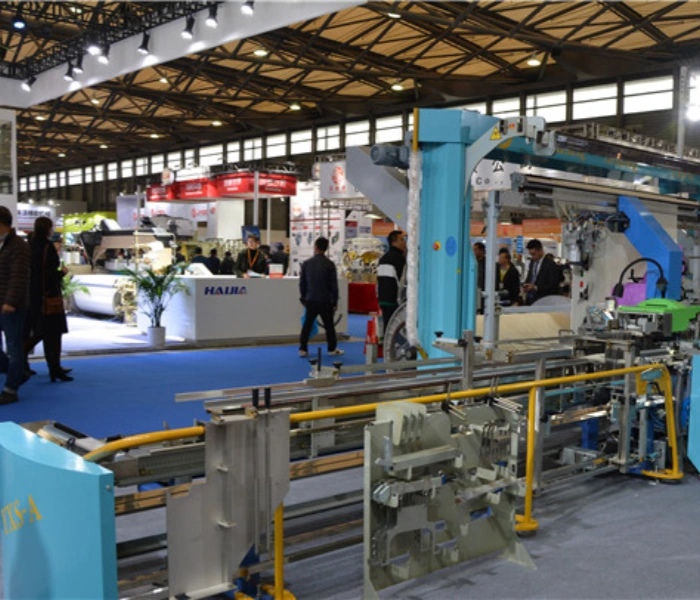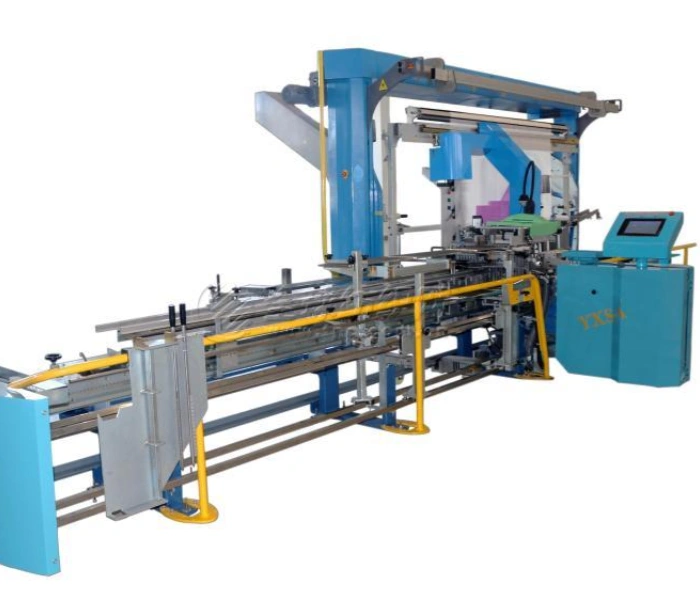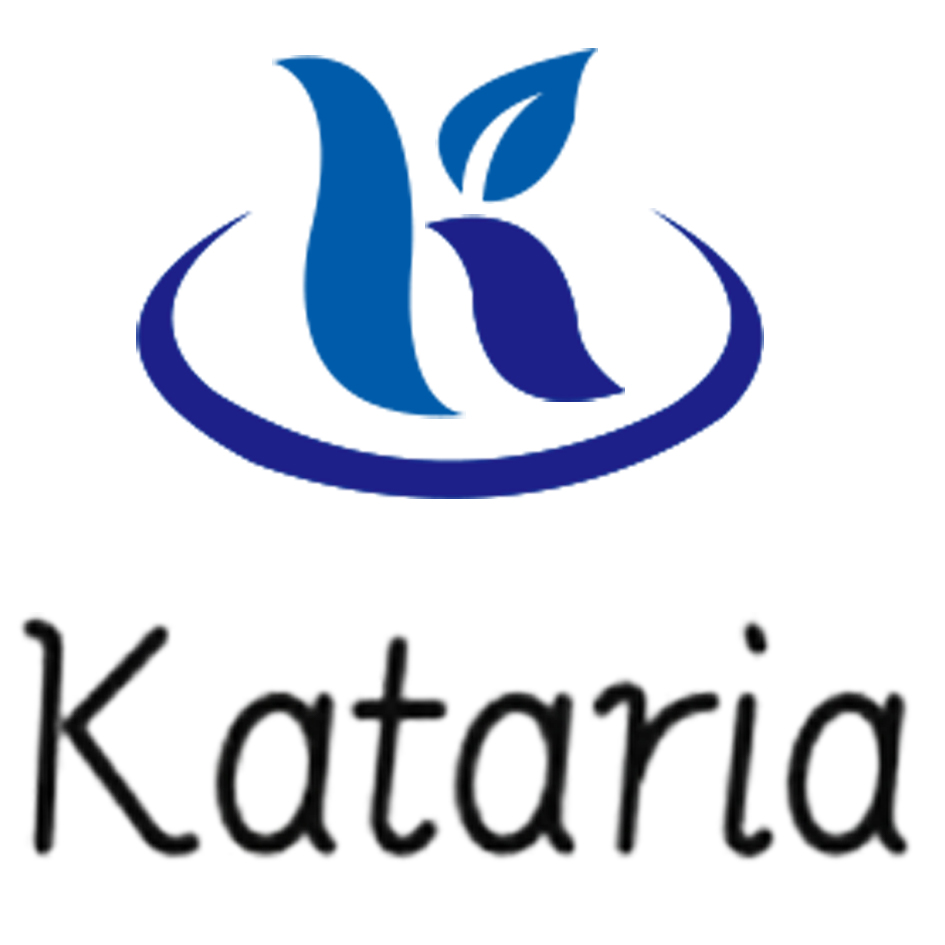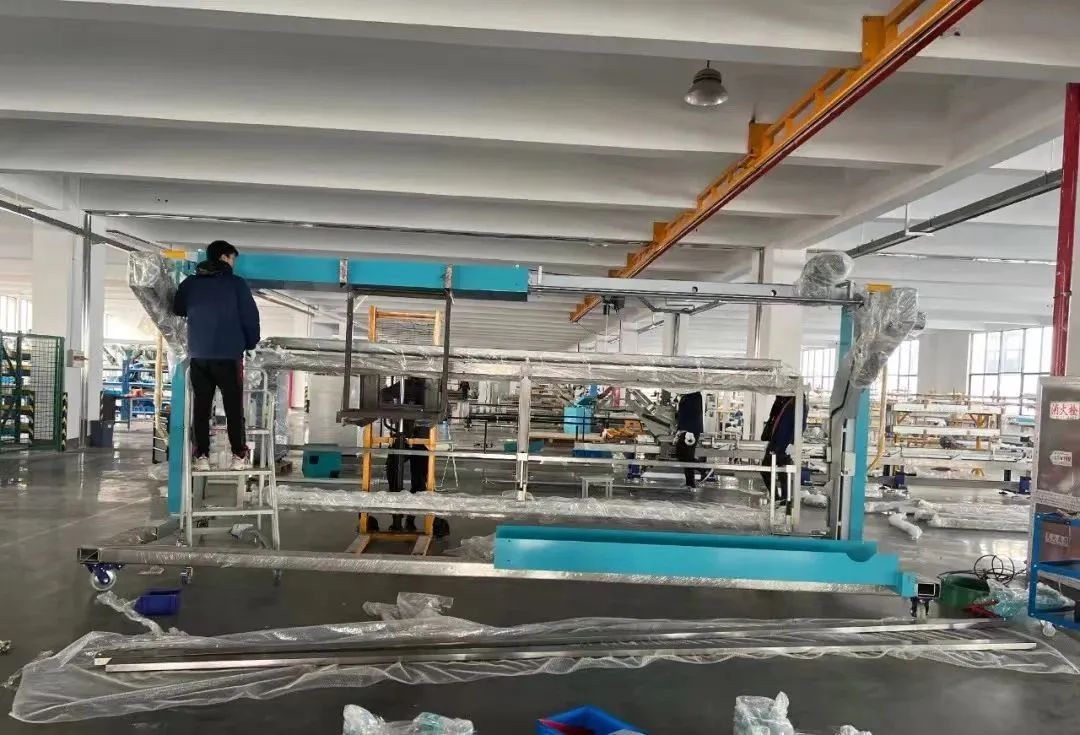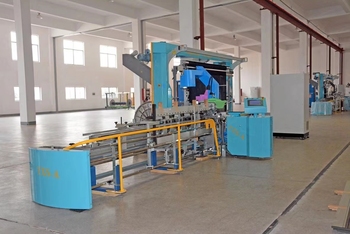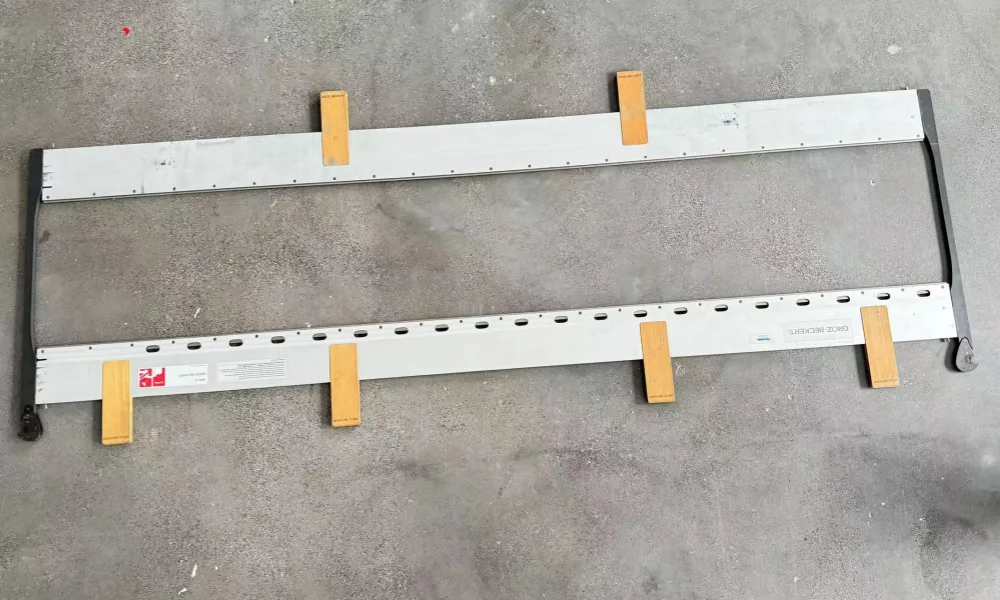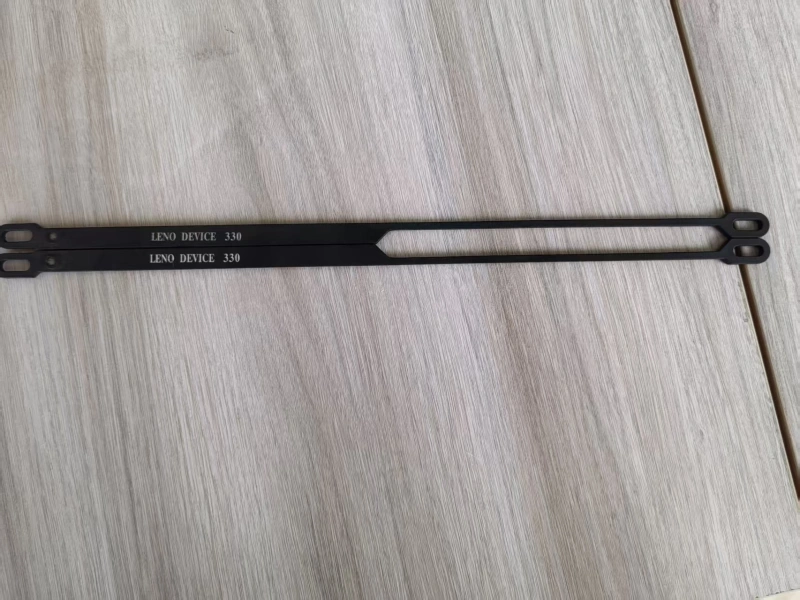A Revolutionary Engine for Denim Production
2025-10-09
Efficiency Leap: Labor Replacement Triggers a Capacity Revolution
In traditional denim production, manual drawing-in requires workers to thread warp yarns through heddles, drop wires, and reeds one by one based on experience. This not only involves high labor intensity but also suffers from severe efficiency constraints. The emergence of a new generation of automatic drawing-in machines has completely reversed this situation. Stäubli's SAFIR S40 automatic drawing-in system is specifically designed for weaving scenarios involving coarse yarns such as denim, enabling efficient operations through modular layout and intelligent control. The 7800Pro fully automatic drawing-in machine, developed by Haihong Equipment for targeted needs, has even increased the cotton yarn drawing-in speed from dozens of yarns per minute (with traditional manual operations) to 200 yarns per minute. Its efficiency is 25% higher than that of previous-generation equipment, far exceeding the level of manual operations.
Enterprise practice data is even more convincing. After a three-month trial operation of the imported Swiss automatic drawing-in machine introduced by Lanzhou Sanmao Group, the production efficiency was nearly 50% higher than that of manual reed drawing. It can complete the drawing-in work for 3-4 warp beams within 8 hours, significantly shortening the production cycle. "Based on a denim production line that needs to process 10,000 warp yarns per day on average, automatic equipment can reduce the original two-day workload to within 8 hours," an industry technical expert said. This efficiency leap has directly addressed the capacity challenges of denim enterprises, such as handling multiple varieties and meeting fast delivery requirements.
Quality Upgrade: Precision Control Lays a Solid Foundation for Quality
Denim fabrics have strict requirements for warp yarn arrangement uniformity and breakage rate, making drawing-in precision a core factor determining product quality. Automatic drawing-in machines have achieved a comprehensive upgrade in quality control through technological innovation. Haihong Equipment's machines adopt advanced sensors and control systems, which can automatically identify the positions of heddles and reed dents, realizing high-precision one-time drawing-in and reducing defect rates from the source. Stäubli's SAFIR S40 is equipped with the "Active Warp Control 2.0" technology, which can accurately detect double yarns, identify subtle color differences, and even manage the layer deviation of double-beam denim fabrics through a double-layer yarn clamping system, ensuring flawless warp yarn arrangement.
The YXS-A/L automatic drawing-in machine from Qingdao Tianyi Hongqi is equipped with an electronic double-warp detection device, which can detect double yarns and automatically stop the machine without lease separation, effectively reducing the problem of warp yarns being threaded into the wrong reed dents. According to production data from Lanzhou Sanmao, after using automatic drawing-in equipment, the warp yarn breakage rate has decreased by 10%. Especially in the production of complex-pattern denim fabrics, human-induced quality errors have been almost eliminated, providing equipment support for the development of high-end denim products.
Flexible Adaptation: Multi-dimensional Innovation Meets Industrial Needs
Denim fabric varieties are becoming increasingly abundant, ranging from conventional single-beam products to double-beam heavy denim, and from pure cotton yarns to blended yarns, placing higher requirements on the adaptability of production equipment. Automatic drawing-in machines have achieved multi-scenario compatibility through modular design and functional customization. Haihong Equipment's machines can be applied in fields such as cotton spinning and chemical fiber spinning, supporting various processes including conductive yarns and drop wires to meet personalized production needs. Stäubli's SAFIR S40 can handle a variety of yarns in the range of 4.5-200 tex and adapt to drawing-in needs with 8 to 12 drawing-in bars. Its compact design can also flexibly adapt to workshop layouts and optimize production material flow.
For the key category of double-beam denim fabrics, the double-layer and layer deviation management function of the SAFIR S40 clamps warp yarns through four independent clamping rail systems, allowing flexible adjustment of warp yarn arrangement during the drawing-in process to avoid speed loss. Qingdao Tianyi Hongqi's equipment supports configurations of up to 20 heddle frames and 6 rows of drop wires, with a reed width adaptation range covering 0.35-2.3mm, which can meet the production needs of denim fabrics with different densities.
"Automatic drawing-in machines are not only an upgrade of production tools but also an important symbol of the denim industry's transformation from labor-intensive to technology-intensive," said Luo Wenbin, General Manager of Haihong Equipment. With the continuous iteration of intelligent equipment, denim production will achieve greater breakthroughs in efficiency improvement, quality optimization, and cost control, injecting new momentum into the green and intelligent development of the global denim industry.
